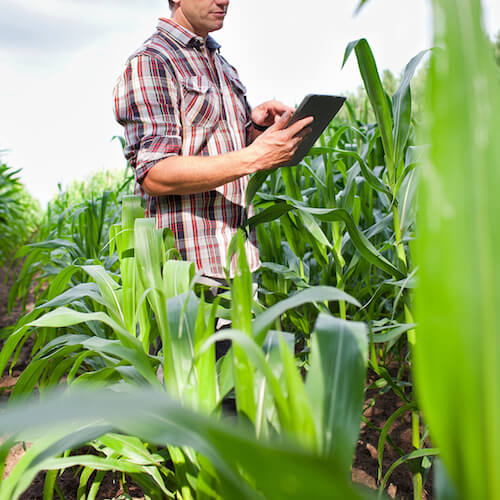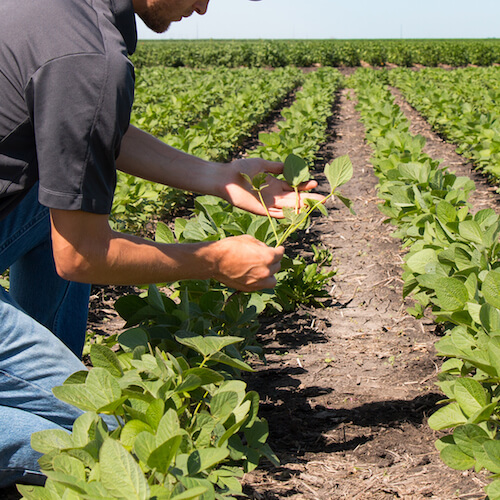
Soil to Satellites: Farm Solutions for a Changing Climate
Carbon emissions contribute to a changing climate, but modern farming technology strives to help reduce these emissions. Discover how emerging innovations like satellites are helping farmers to protect our planet.










